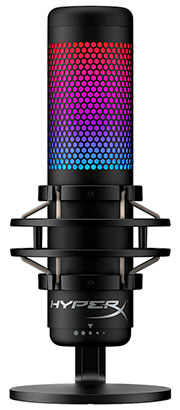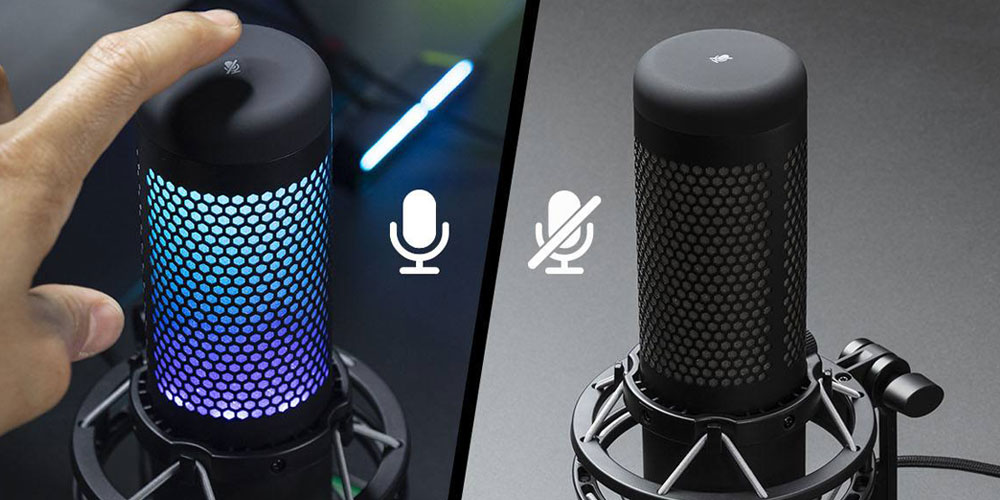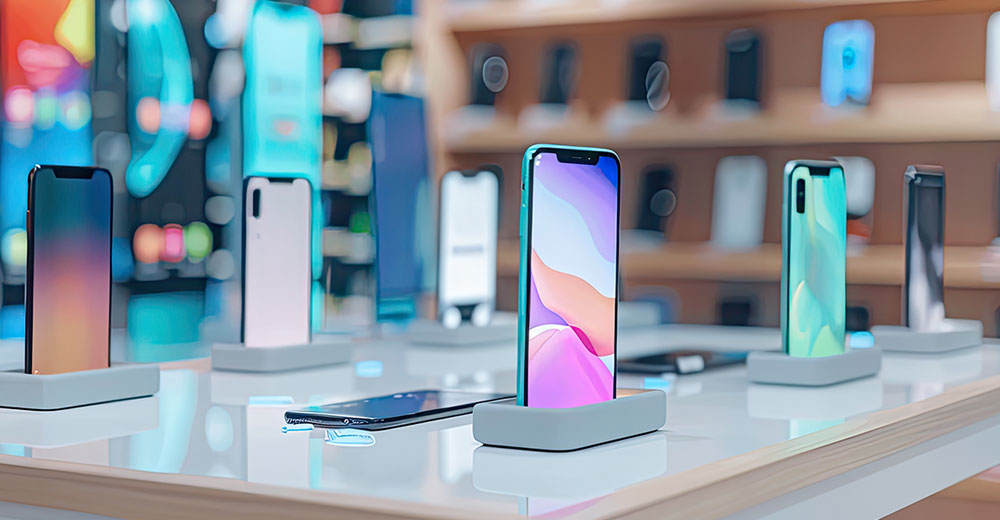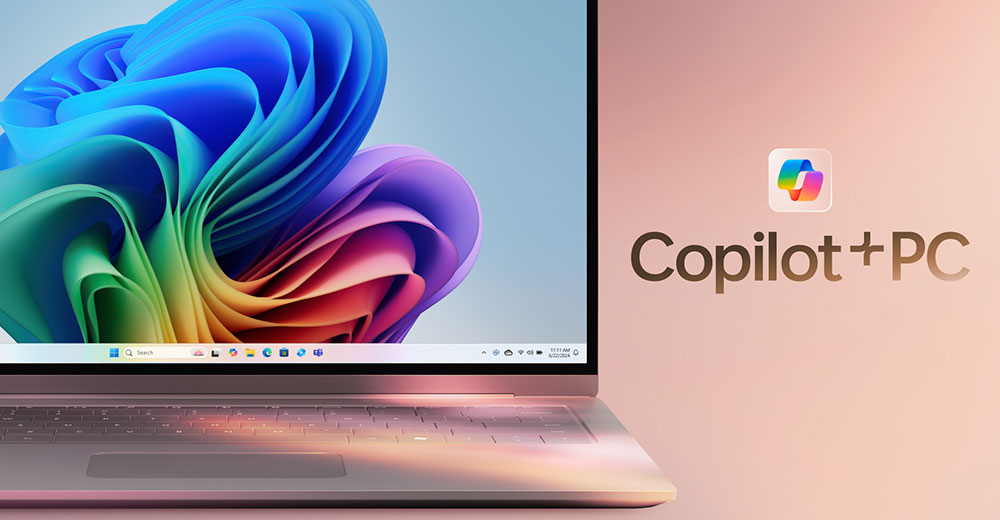Recently there was a fun story about how John Deere used their tractor kill switch to turn $5 million tractors stolen by the Russians into junk. I’m good with what they did to those thieves, but the fact that a “kill switch” exists and how John Deere and others use technology like this isn’t good news.
Instead, it raises a problem with the industry’s move to technology-as-a-service we need to think about and mitigate, because John Deere doesn’t only use kill switches to keep customers safe, but to mine those customers for money. Not only is this practice bad for customers, but it can also kill the company using it if protections aren’t put in place to make sure this power isn’t abused.
This week let’s talk about kill switches, lock-in, and how vendors can fall down a rabbit hole of customer abuse and destroy themselves using a strategy like John Deere’s. We’ll close with my product of the week, a cool microphone from an HP subsidiary, HyperX.
My Personal Lock-In Journey
The reason I react so poorly to programs like John Deere’s is because back when I worked at IBM it was a big believer in the lock-in strategy. I flagged it as a problem, and IBM nearly went under shortly thereafter.
I had been assigned to help with unsolved customer complaints and discovered several serious problems. The first was that the Royal Bank of Canada had several Severity 1 problems that hadn’t been resolved for more than a year. The Royal Bank of Canada was not only a signature account, meaning it was monitored by several top executives, it was a critical account in the Canadian market.
Severity 1 problems were mission-critical to the company experiencing them, and we tracked how long it took to fix them in minutes. Having several problems at this level open for months was supposedly unheard of but, in my investigation, it turned out to be very common because the support organization had gamed the system, making it look like the problems were fixed quickly in the reports when they hadn’t been fixed at all.
The reason that IBM got away with this is that it had implemented a lock-in policy. A lock-in policy makes it exceedingly hard for a customer to change vendors. Given IBM had basically founded this policy decades earlier, they were very good at it. Customers are effectively at your mercy because the cost of switching to another vendor becomes extremely costly and disruptive.
I remember pointing out several ways we were abusing customers to the director I reported to. He put his arm around my shoulder and said, “what you don’t seem to understand is that we effectively sell air, the customer must buy what we are selling, and we can charge whatever we want for it because that customer has no choice.”
Vendor Suicide by Lock-In
But customers always have a choice and they left IBM in droves, almost putting the company out of business. Customers don’t like being mined for money. IBM learned this lesson the hard way, and now interoperates and partners far better. Most importantly, it avoids lock-in like the plague because it found that using it is eventually suicidal.
Today, IBM sets the bar in honest customer care, but due to its past over-reliance on lock-in, it lost the dominance in the IT market it used to have.
An earlier example of abuse that was unauthorized at IBM was when a tech, upon being told a customer was not renewing their contract, logged into the client’s phone system and deleted trunk access so the customer could still call within the company but could no longer call out. This was particularly problematic given mobile phones hadn’t been invented yet. In that case, the tech was quickly fired, and service was restored because the head of our division was also on that customer’s board.
Lock-in has been an example of how power corrupts, and absolute power corrupts absolutely. You can see this play out in the coverage over the last few years with John Deere which has been using lock-in on its customers that resulted in some well-deserved vendor hate — and their practice has been instrumental in the creation of laws that make approaches like this illegal.
But the “kill switch” feature is important as we just saw in the example of the Russian thieves. It’s common in programs like GM’s OnStar to prevent vehicle theft, but it should not be used punitively against customers, particularly farmers, who historically fix their own machines (I grew up on a farm and ranch).
As that first article I linked to pointed out, using a kill switch to lock-in a customer to services they don’t need is spreading widely. Another company that the article cites is Medtronic, which is one of the leading makers of ventilators. Their practice is to lock anyone trying to fix a ventilator out of the system and brick it. This was a huge problem during the pandemic when there weren’t enough ventilators and approved techs couldn’t travel during lockdown.
Car companies have used kill switches to prevent the use of non-approved components. There is actually a good reason for this because sub-standard components could result in safety issues, but as implemented, it seemed to be more about assuring you bought your parts from the car OEM than on assuring quality.
As a third-party vendor there should be a path to get your parts tested and authorized. Otherwise, eventually, you are just mining the customer for money and, eventually, that customer will abandon the brand and go someplace else.
Wrapping Up: The Real Problem With Lock-In
As we move to products-as-a-service it is critical to understand that programs like this can lead to lock-in. The real problem is that the companies that implement this policy tend to, over time, look at customers like resources and mine them for money while providing less and less perceived value for in return.
Lock-in doesn’t have to be anti-customer. Up until the 80s, IBM used it successfully to treat customers like family and retained customer care focus up until around the mid-70s after Thomas Watson Jr. had retired. After that they increasingly took customers for granted by selling them “air” and the company almost went under.
This lock-in policy will eventually end badly for any company that doesn’t refocus on customer needs to assure powers like a “kill-switch” are used to help customers, not punish them. Devices-as-a-service programs are, by nature, lock-in programs, meaning that they will need to be wed to oversight to assure the vendor isn’t mining the customer for money but to better assure the customer’s product experience and safety.
My advice? Avoid any vendor that uses a lock-in policy like the plague.

HP HyperX Quadcast S USB Microphone

I was at an event last week on HP Security that reconfirmed that HP has the most robust approach to its customers’ security of any vendor I cover.
HP also gave us a preview of coming products I can’t talk about, but on the desk they used they had the coolest gaming/podcasting/zoom microphone I’ve yet seen. Called the HyperX QuadCast, this microphone is amazing.
Given the new work-from-home normal, we are all doing interesting things with our workspace and home offices.
For many of us, our offices are becoming showplaces. I have several gaming rigs in mine with custom lighting.
This microphone can be color adjusted or put into wave form (where the colors change automatically). The microphone not only works great but looks awesome!
The capacitive mute button on the top is quite convenient. Its tap-to-mute functionality can prevent an audio faux pas along with the help of the LED mic status indicator.

If the light is on, the mic is active. If the light is off, the mic is muted. You can adjust the gain which also is handy on a video conferencing call or when gaming.
Price range varies by vendor. It retails at $160 but I found it closer to $120 recently which is a bargain. Currently it’s on the HyperX site at $129.99.
The HP HyperX QuadCast S microphone looks so good, and works so well, that it is my product of the week.
























































